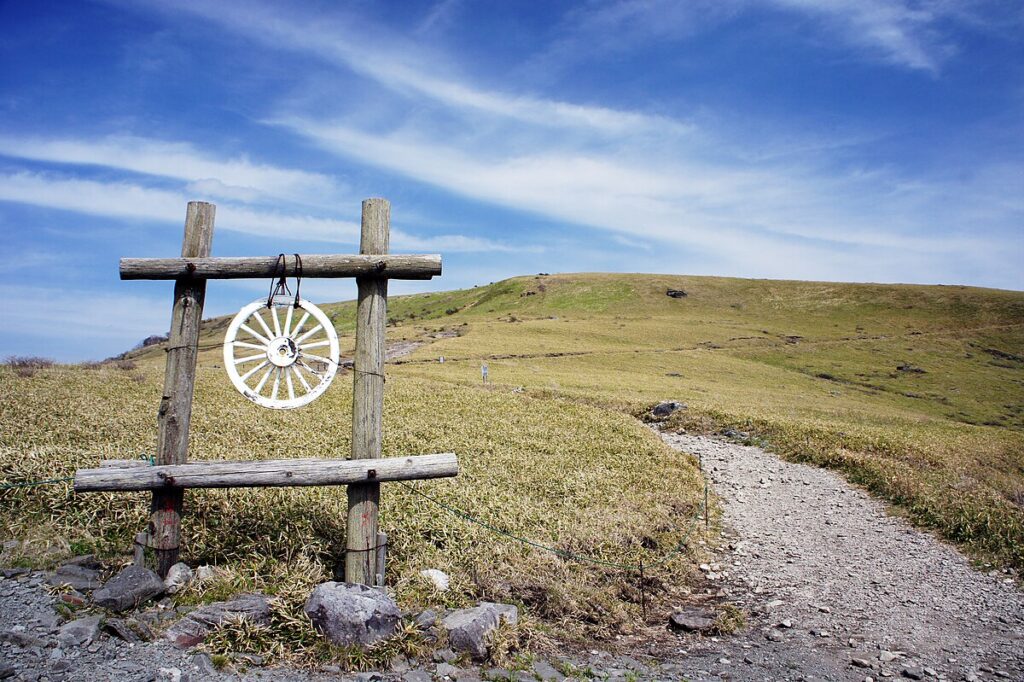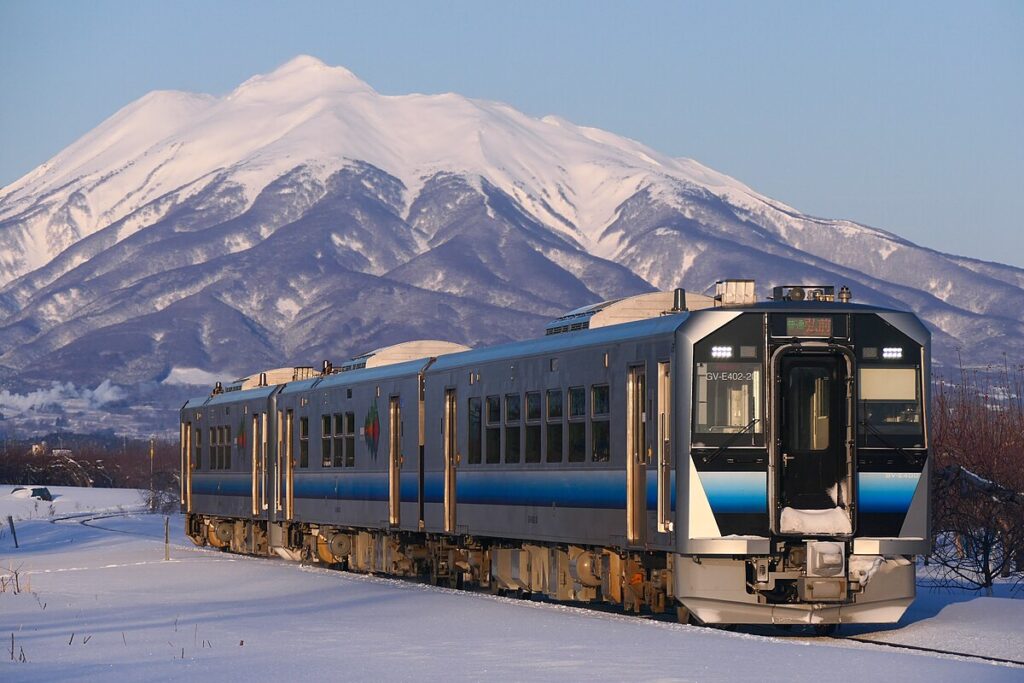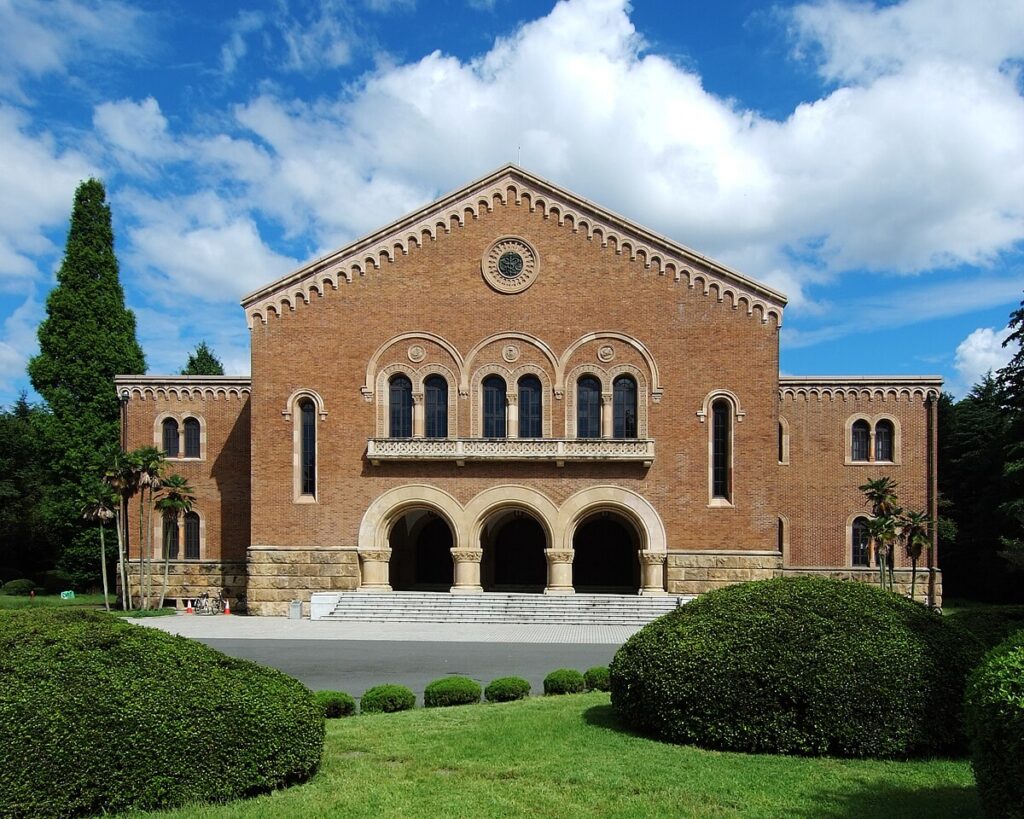-

Shikisai no Oka (Biei, Hokkaido)
Shikisai no Oka (Biei, Hokkaido) Overview (History, Features, and Attractions) Shikisai no Oka is a tourist flower field spot that spreads across the hilly region of Biei. Colorful flowers are planted in a patchwork pattern on the slopes, and their changing appearance with each season from spring to autumn is a major attraction. The fields are... -

Kirigamine (Chino City, Nagano Prefecture)
Overview (History, Features, and Attractions) Kirigamine is a plateau (highland plateau) stretching across the area surrounding Chino City and Suwa County in Nagano Prefecture. Located on the southern side of the Yatsugatake mountain range, it is a representative highland resort. The plateau stretches from 1,400 to 1,900 meters above sea level, and is characterized by its rolling grasslands and marshland landscapes. -

Matsusaka Castle (Matsusaka City, Mie Prefecture)
Overview (History, Features, and Attractions) Matsusaka Castle is a castle ruin in Matsusaka City, Mie Prefecture, originally built at the end of the Sengoku period. It is deeply connected to the development of the castle town of Matsusaka, and is characterized by the remaining remains of stone walls, moats, and enclosures. During the Edo period, it served as the domain's administrative headquarters... -

Shiratori Bridge (Muroran, Hokkaido)
Shiratori Bridge (Muroran, Hokkaido) — Overview (History, Features, and Attractions) Shiratori Bridge is a large-scale cable-stayed bridge spanning over 1 km in length across Muroran City, Hokkaido, connecting the city's transportation network across Muroran Port and the intricate coastline. Built in the 1990s, it was designed to improve port functions and regional transportation... -

Sumoto Castle (Sumoto City, Hyogo Prefecture)
Overview (History, Features, and Attractions) Sumoto Castle is a castle ruin in Sumoto City, Hyogo Prefecture. It is one of the mountain castles (hill castles) located in the central part of Awaji Island. Built during the Sengoku period, it served as a key transportation and defense point for Awaji Island. During the Edo period, the entire island came under the control of the Tokushima Domain (Hachisuka clan). -

Sankyo Warehouse (Sakata City, Yamagata Prefecture)
Overview (History, Features, and Attractions) Sankyo Soko is a group of historic warehouses in Sakata City, Yamagata Prefecture, originally built to store and trade rice harvested in the Shonai Plain. Developed as a base for rice distribution and trade from the Meiji to Taisho periods, the neatly lined white-walled storehouses... -

Nita Pass (Unzen City, Nagasaki Prefecture)
Overview (History, Features, and Attractions) Nita Pass is an observation point located midway up the Unzen volcanic group in Unzen City, Nagasaki Prefecture. It is a famous spot offering panoramic views of Mount Unzen (including Mount Fugen and Mount Heisei Shinzan), the Ariake Sea, and the Shimabara Peninsula. Unzen has long flourished as a hot spring resort, and was a popular tourist destination from the Meiji to Showa periods. -

Saga Castle Honmaru History Museum (Saga City, Saga Prefecture)
[Overview (History, Features, and Attractions)] The Saga Castle Honmaru History Museum is a historical museum built on the site of the Honmaru (main keep) of Saga Castle, which was the base of the Saga Domain (Nabeshima clan) during the Edo period. The Saga Domain, located close to Nagasaki, was proactive in introducing Dutch studies (Western studies) and Western technology, and played a major role in producing talented people and modernizing the region during the Meiji Restoration. -

Ago Bay (Shima City, Mie Prefecture)
Overview (History, Features, and Attractions) Ago Bay is an intricate bay on a ria coastline in Shima City, Mie Prefecture, and is known for its unique landscape, interwoven with numerous small islands and inlets. The area's topography, with its many inlets, has long been suitable for fishing and aquaculture, and is particularly known for its flourishing pearl farming industry. -

Mount Iwaki (Hirosaki City, Aomori Prefecture)
Overview (History, Features, and Attractions) Mount Iwaki is a stratovolcano located in Hirosaki City (Tsugaru region) in Aomori Prefecture, approximately 1,625 meters above sea level. Its symbolic shape, often referred to as "Tsugaru Fuji," makes it a popular spot for viewing the ocean, the Tsugaru Plain, and even Hokkaido in the distance from its summit, if the weather is good.




